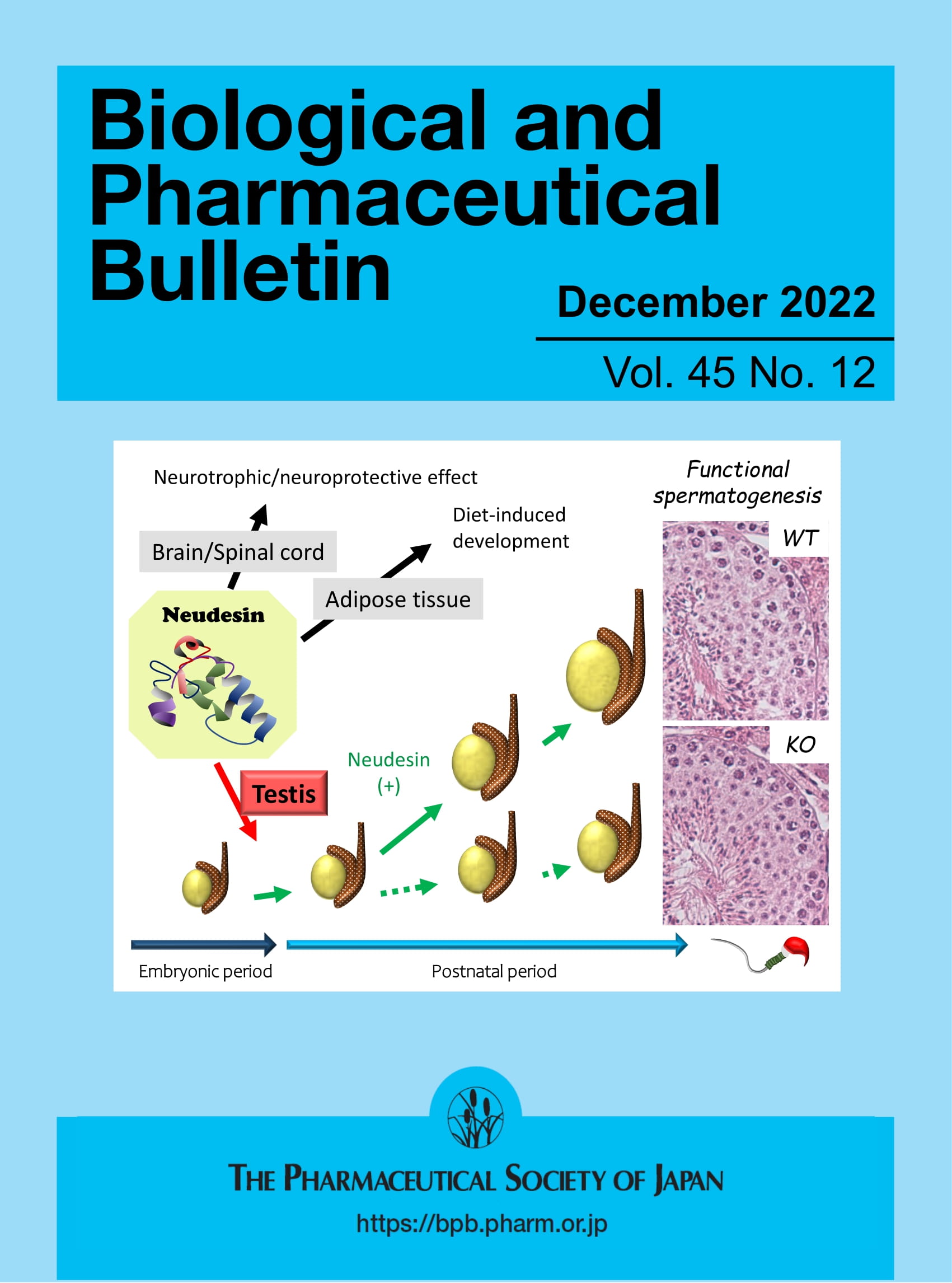Same, but different: Variations in fragment ions among stereoisomers of a 17α-methyl steroid in gas chromatography/electron ionization mass spectrometry
Abstract
Rationale
Gas chromatography/electron ionization mass spectrometry (GC/EI-MS) is a well-established tool for the identification of unknown compounds such as new metabolites of xenobiotics. But it reaches the limits of confident structural assignment if it comes to stereoisomers. This work helps to overcome this difficulty by getting a deeper comprehension of composition of so far unspecific and also characteristic fragment ions in general and comparison among stereoisomers.
Methods
Unit mass resolution mass spectra of various isotopologues of four 17α-methyl steroid diastereomers obtained by selectively introducing [2H9]-trimethylsilyl (TMS) groups or chemical syntheses were systematically compared. The impact of stereochemistry on variations of relative abundances has been assessed by statistical comparison from repeated measurements. Additionally, characterization of m/z 318 with high-resolution MS using gas chromatography/quadrupole time-of-flight MS (GC/QTOF-MS) was performed.
Results
The formation of fragment ions from TMS-derivatives after cleavage of methyl or TMS groups ([M-CH3]+, [M-TMSOH]•+, [M-CH3-TMSOH]+, [M-2x90]•+, [M-2x90-CH3]+) rarely arises from only one position in the molecule and composition of fragment ion signals is highly influenced by the stereochemistry of the A-ring at C3 and C5 of the steroid. Similarly, the formation of the characteristic fragment ion m/z 143 most likely consists of two different ways of formation. A possible structure for fragment ion m/z 318 was postulated.
Conclusions
Stereoisomers showed differing fragmentation behaviors based on their configuration. These observations further illustrate that variations among stereoisomers in EI-MS fragmentation is no random underlying process but instead a pattern which needs to be understood in its complexity. This easily accessible technical approach can be applied on different molecule structures to further investigate the field of isomeric assignment in GC/EI-MS.


 求助内容:
求助内容: 应助结果提醒方式:
应助结果提醒方式:


